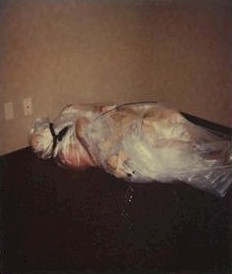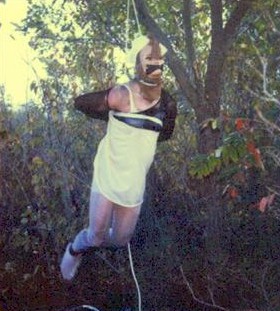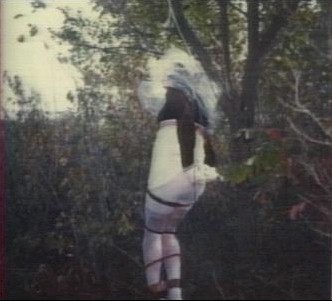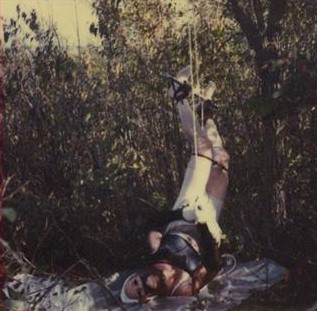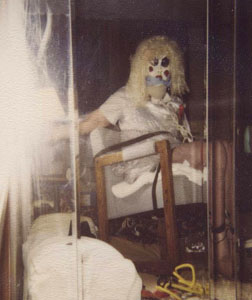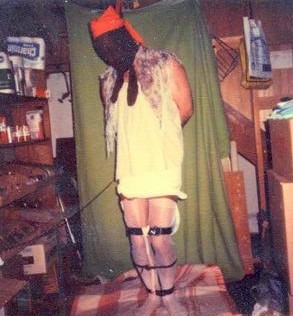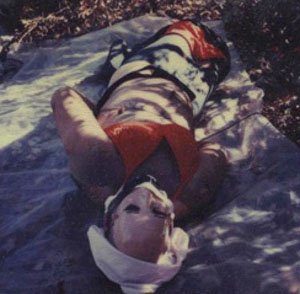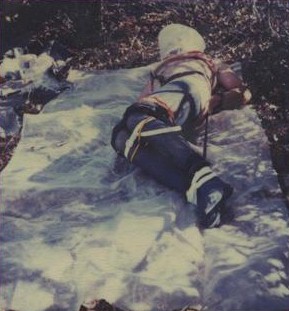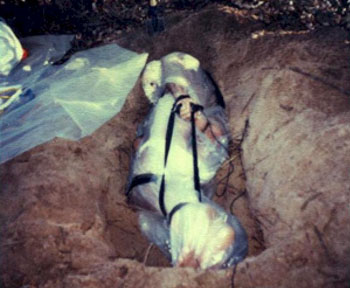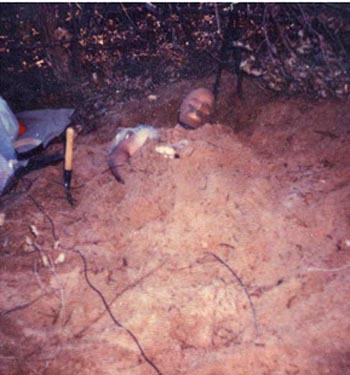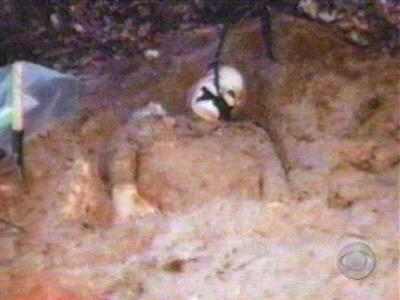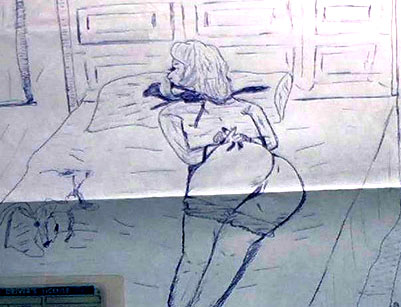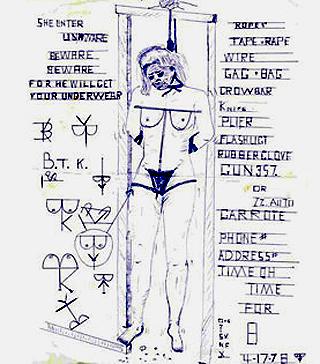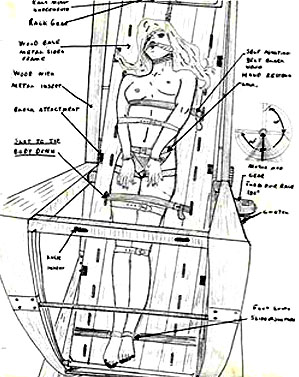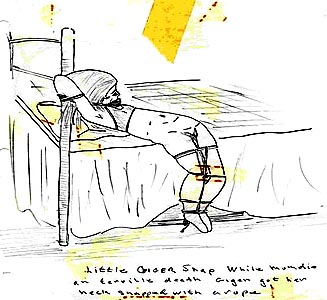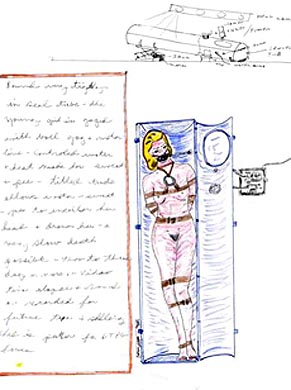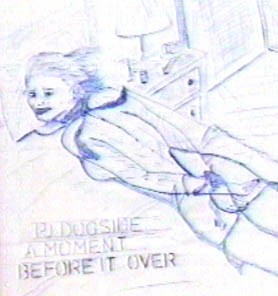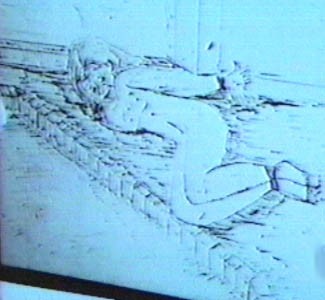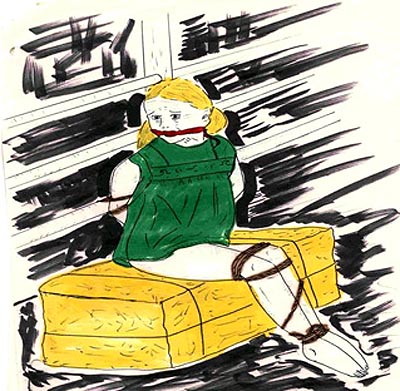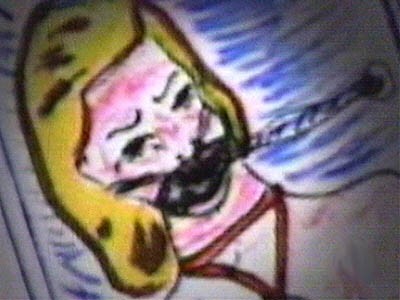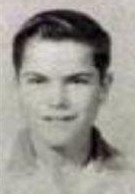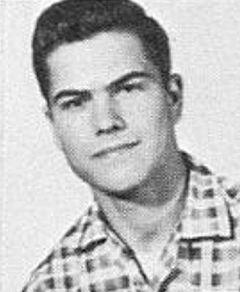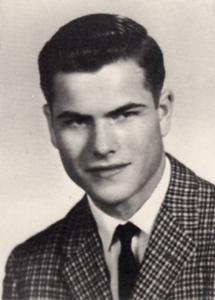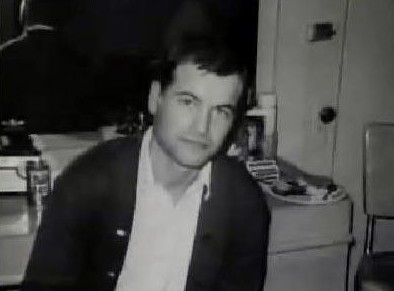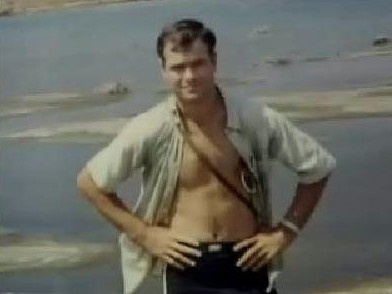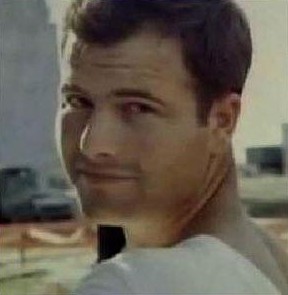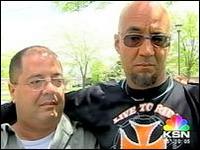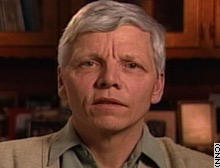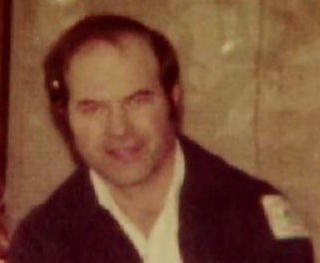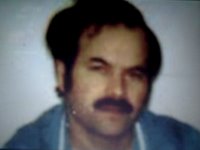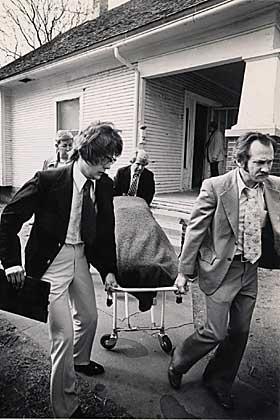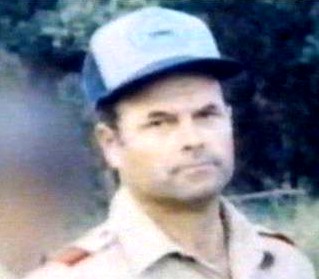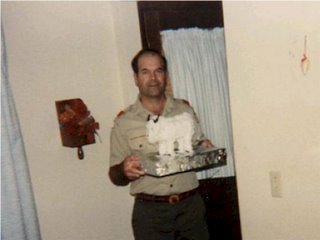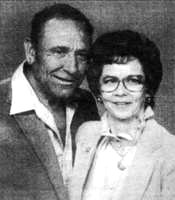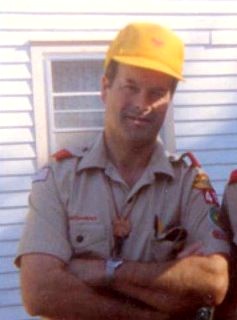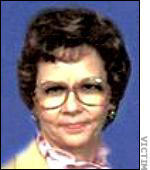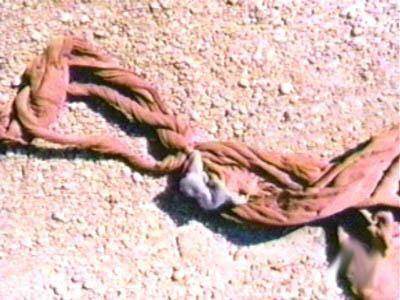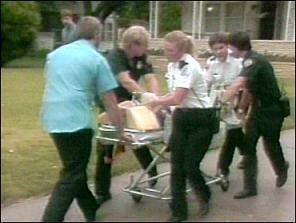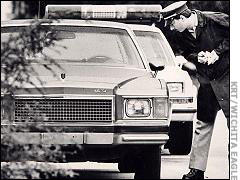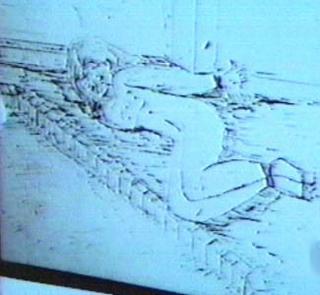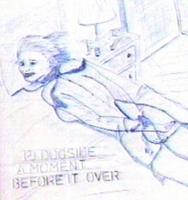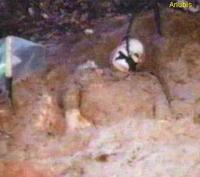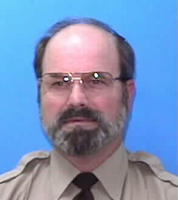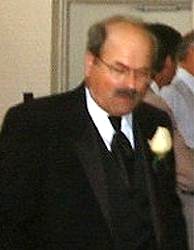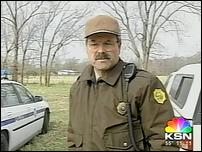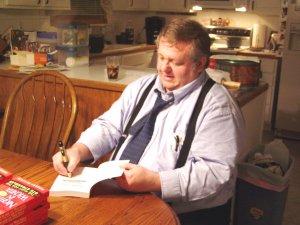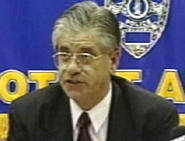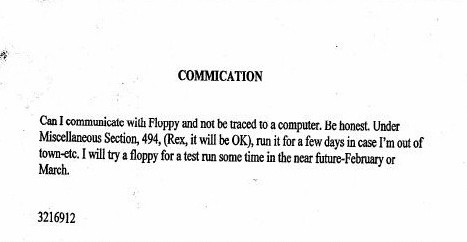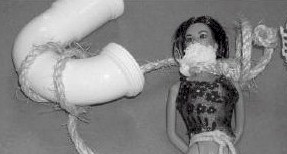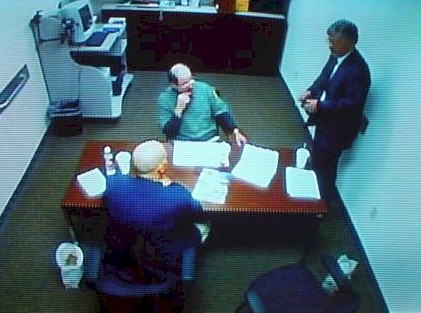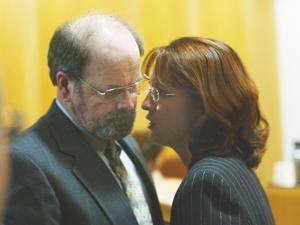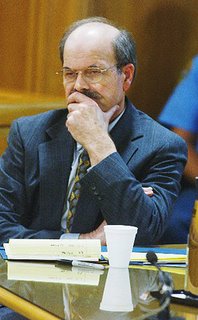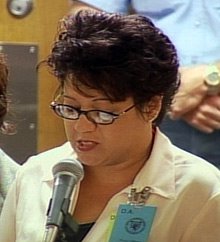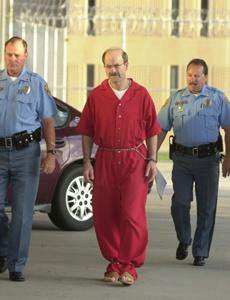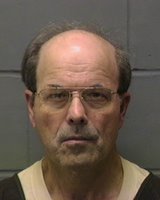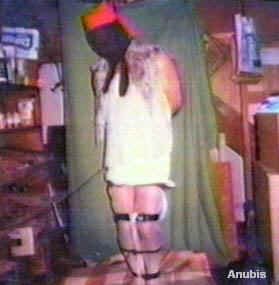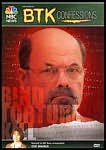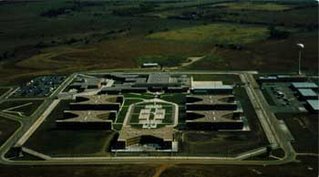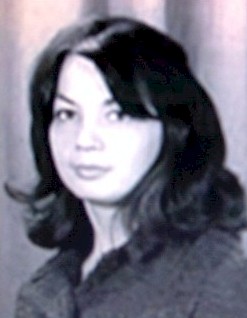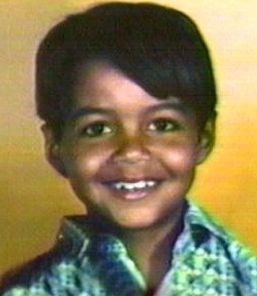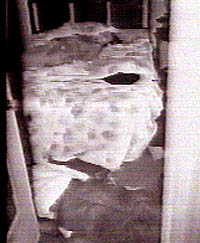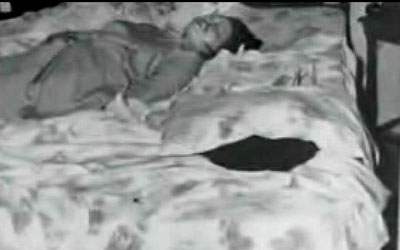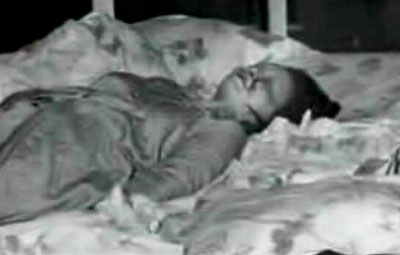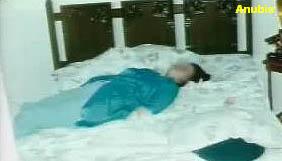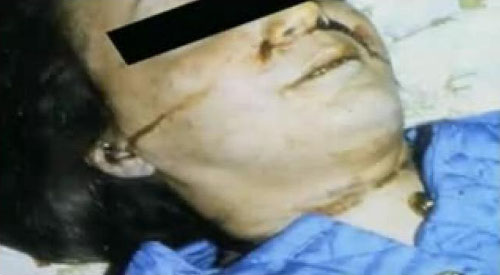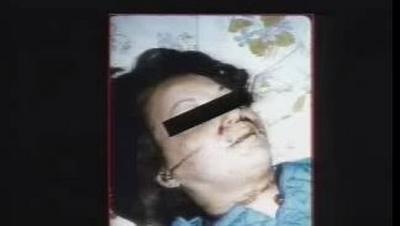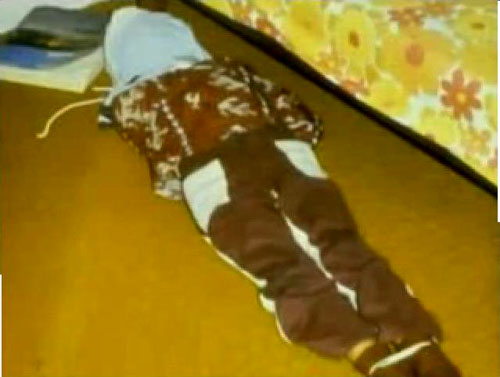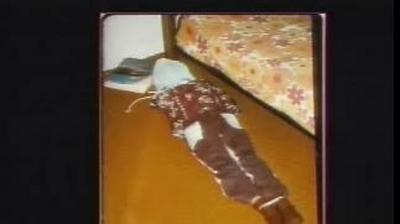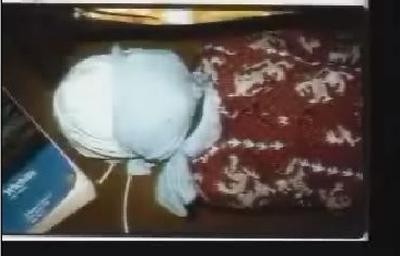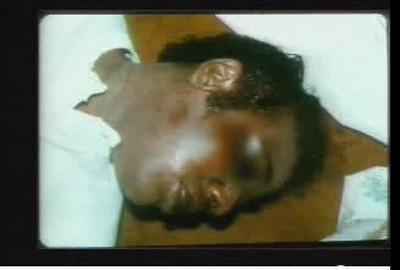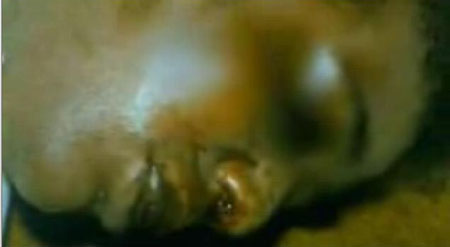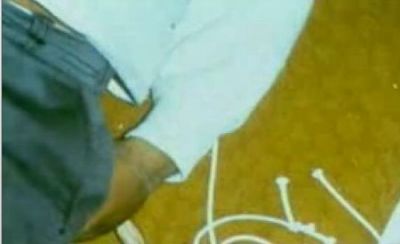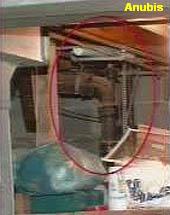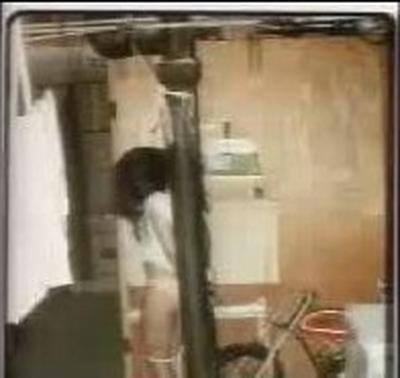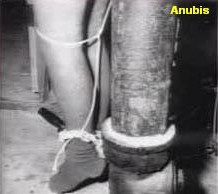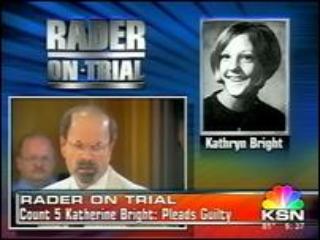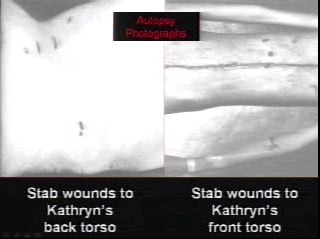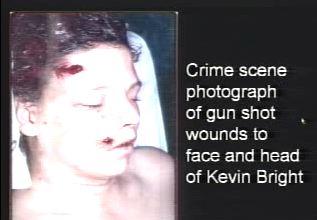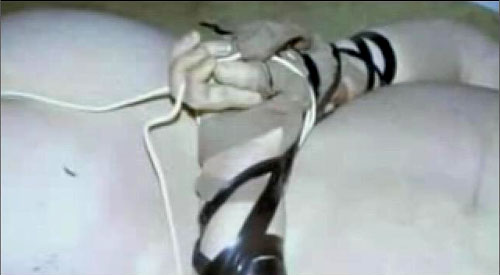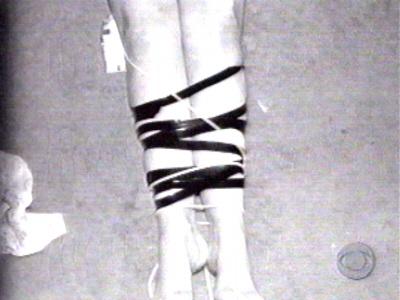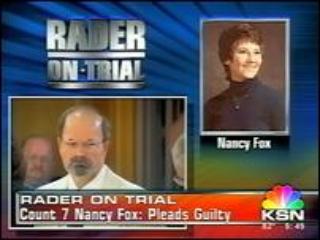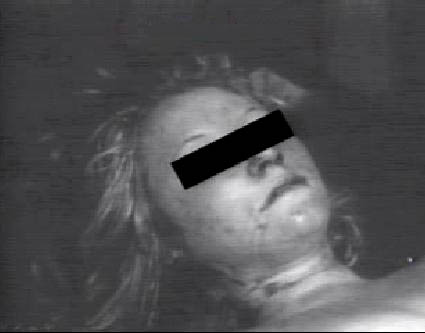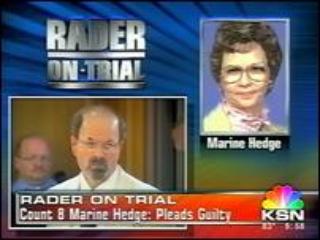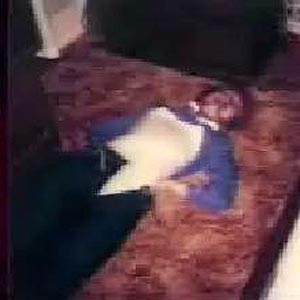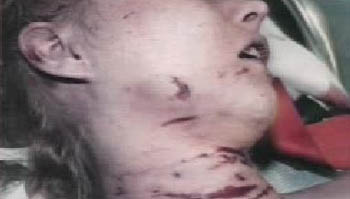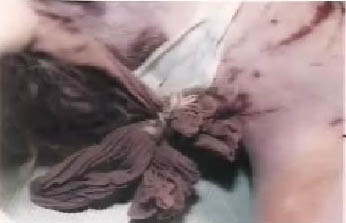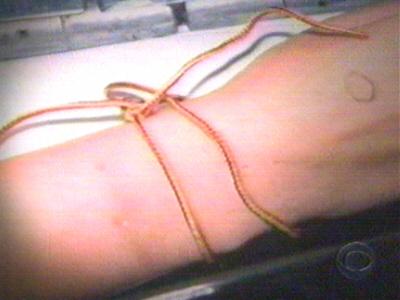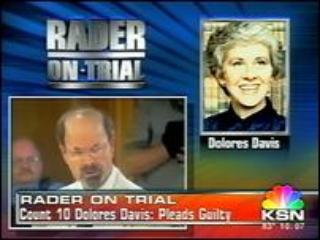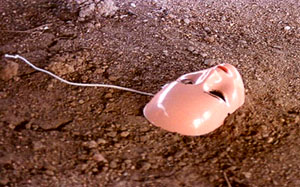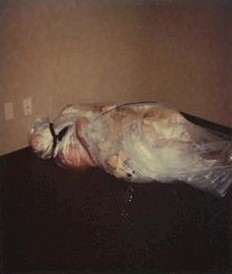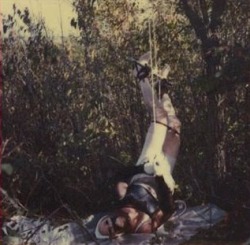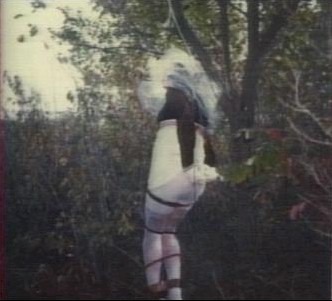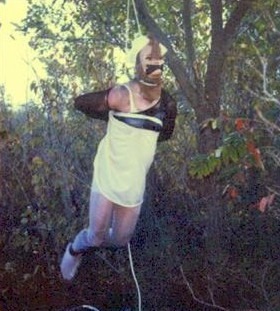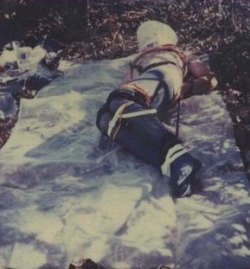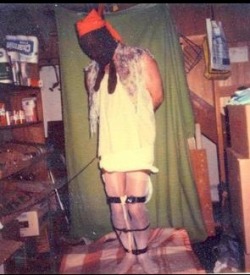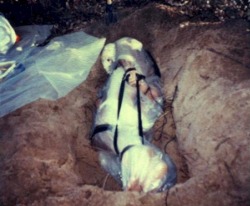
Sentencing Hearing Held For BTK Killer Dennis Rader
WICHITA, KS: Confessed serial killer Dennis Rader, known as BTK, listens to testimony in the sentening phase of his trial in Sedgwick County Court August 17, 2005 in Wichita, Kansas. Rader, of Park City, Kansas, has pleaded guilty to 10 counts of murder for killings which spanned three decades
August 17, 2005 - Pool/Getty Images
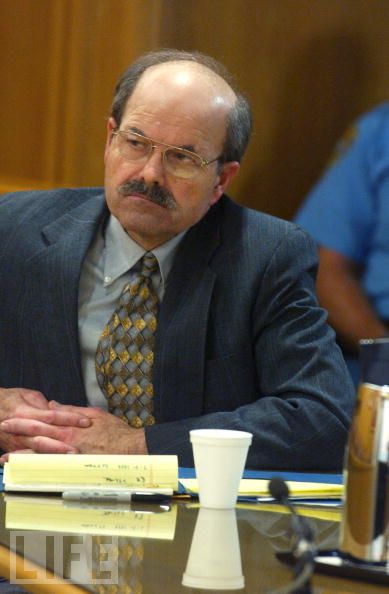
Sentencing Hearing Held For BTK Killer Dennis Rader
WICHITA, KS: Confessed serial killer Dennis Rader, known as BTK, listens to testimony in the sentening phase of his trial in Sedgwick County Court August 17, 2005 in Wichita, Kansas.
August 17, 2005 - Pool/Getty Images
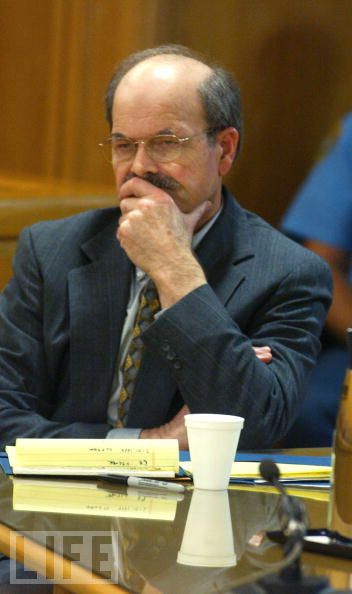
Sentencing Hearing Held For BTK Killer Dennis Rader
WICHITA, KS: Confessed serial killer Dennis Rader, known as BTK, listens to testimony in the sentening phase of his trial in Sedgwick County Court August 17, 2005 in Wichita, Kansas.
August 17, 2005 - Pool/Getty Images
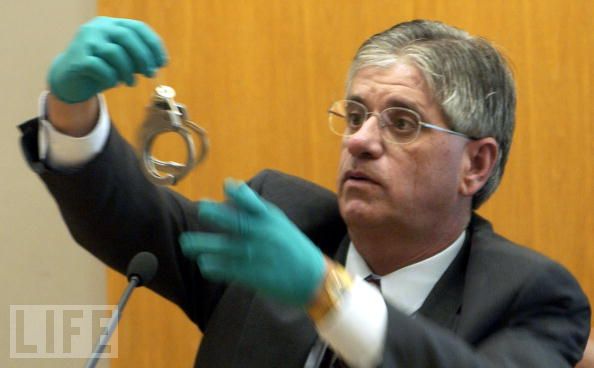
Sentencing Hearing Held For BTK Killer Dennis Rader
WICHITA, KS: Lt. Ken Landwehr holds up a pair of handcuffs, which were used in one of the crimes, during Dennis L. Rader's sentencing hearing August 18, 2005 in Wichita, Kansas.
August 18, 2005 - Pool/Getty Images
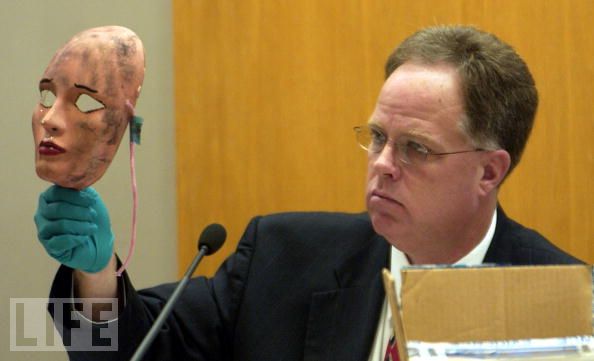
Sentencing Hearing Held For BTK Killer Dennis Rader
WICHITA, KS: Wichita Police Det. Sam Houston shows a mask, which was used in one of the crimes, during Dennis L. Rader's sentencing hearing August 18, 2005 in Wichita, Kansas.
August 18, 2005 - Pool/Getty Images
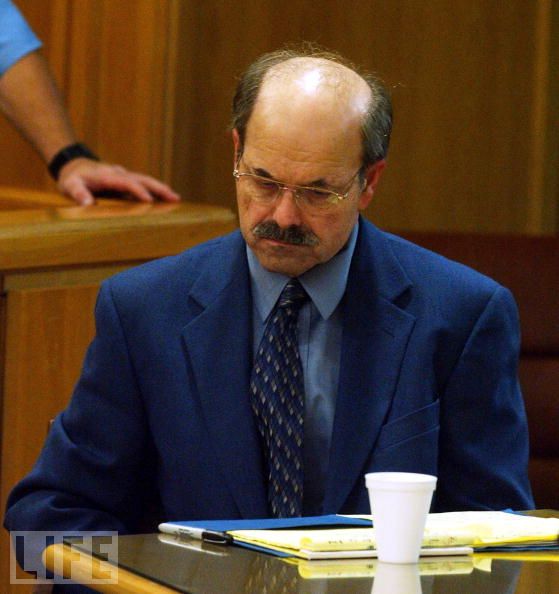
Sentencing Hearing Held For BTK Killer Dennis Rader
WICHITA, KS: Dennis Rader looks away while pictures of him dressed in women's undergarments are shown at his sentencing hearing August 18, 2005 in Wichita, Kansas.
August 18, 2005 - Pool/Getty Images

Sentencing Hearing Held For BTK Killer Dennis Rader
WICHITA, KS: Dennis Rader listens to testimony at his sentencing hearing August 18, 2005 in Wichita, Kansas. Rader of Park City, Kansas pleaded guilty to the 10 killings dating back to 1974.
August 18, 2005 - Pool/Getty Images
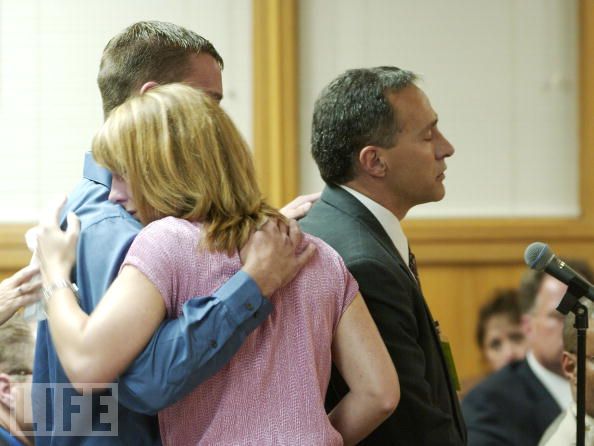
Sentencing Hearing Held For BTK Killer Dennis Rader
WICHITA, KS: Brandon Wegerle (L) embraces his sister Stephanie Clyne as their father Bill Wegerle makes a victim statement in the sentencing phase of Dennis Rader's murder trial in Sedgwick County Courthouse August 18, 2005 in Wichita, Kansas. Vicki Wegerly was one of 10 people killed by Dennis Rader, known as the the BTK Killings.
August 18, 2005 - Pool/Getty Images

Sentencing Hearing Held For BTK Killer Dennis Rader
WICHITA, KS: Serial killer Dennis Rader is overcome with emotion as families of the 10 people he murdered gave statements in the sentencing phase of his murder trial in Sedgwick County Courthouse.
August 18, 2005 - Pool/Getty Images
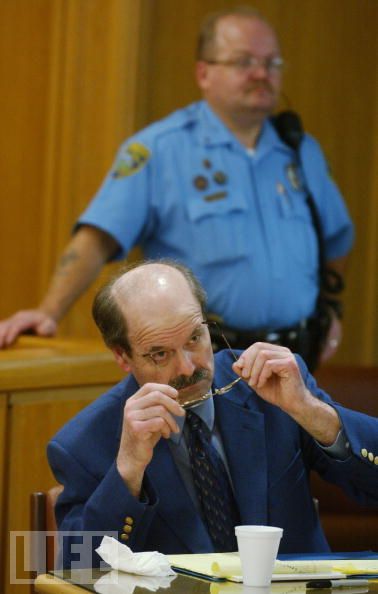
Sentencing Hearing Held For BTK Killer Dennis Rader
WICHITA, KS: Serial killer Dennis Rader puts his glasses back on after wiping away tears during family testimony in the sentencing phase of his trial in Sedgwick County Courthouse.
August 18, 2005 - Pool/Getty Images
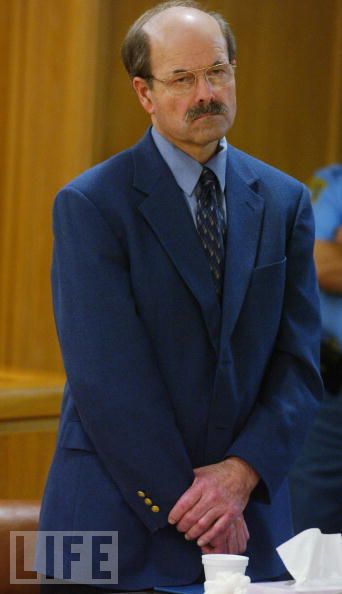
Sentencing Hearing Held For BTK Killer Dennis Rader
WICHITA, KS: Serial killer Dennis Rader stands before Sedgwick County District Court Judge Greg Waller as sentencing is read August 18, 2005 in Wichita, Kansas. Rader received 9 life terms and a 'hard 40' for the ten murders he committed over nearly 30 years.
August 18, 2005 - Pool/Getty Images
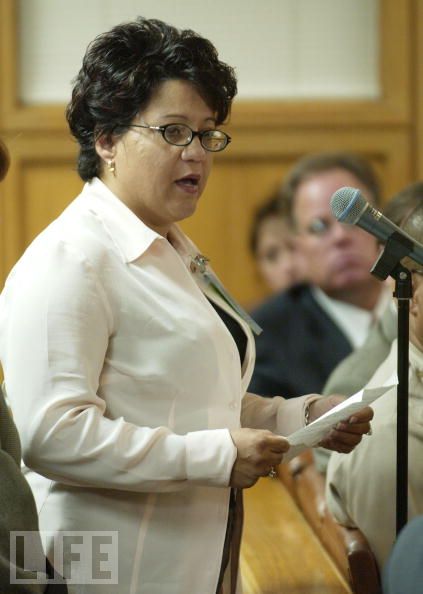
Sentencing Hearing Held For BTK Killer Dennis Rader
WICHITA, KS: Carmen Montoya, whose parents, brother and sister were killed in the first of what will became known as the BTK killings, makes a victim statement during the sentencing phase of Dennis Rader's trial at the Sedgwick County Courthouse on August 18, 2005 in Wichita, Kansas.
August 18, 2005 - Pool/Getty Images
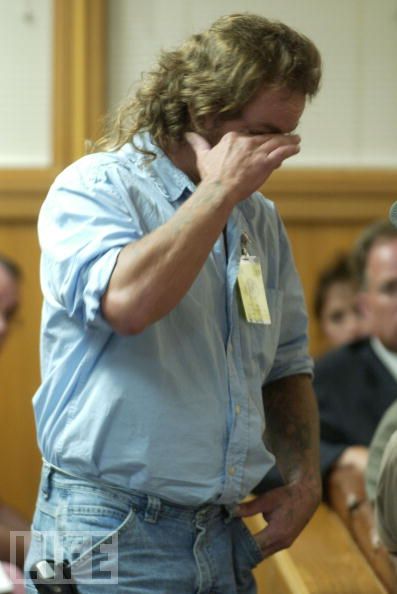
Sentencing Hearing Held For BTK Killer Dennis Rader
WICHITA, KS: Steve Relford, who was at home when his mother, Shirley Vian was killed by BTK, wipes away a tear as he attempts to make a victim statement during the sentencing phase of Dennis Rader's trial at the Sedgwick County Courthouse on August 18, 2005 in Wichita, Kansas.
August 18, 2005 - Pool/Getty Images

Sentencing Hearing Held For BTK Killer Dennis Rader
WICHITA, KS: Rick Vian, the common law husband of the BTK victim Shirley Vian, points at Dennis Rader as he makes a statement during the sentencing phase of Dennis Rader's trial at the Sedgwick County Courthouse on August 18, 2005 in Wichita, Kansas.
August 18, 2005 - Pool/Getty Images

BTK Killer Dennis Rader Begins His Life Sentence In Prison
EL DORADO, KS: Dennis L. Rader (R), the man admitting to be the BTK serial killer, is escorted into the El Dorado Correctional Facility on August 19, 2005 in El Dorado, Kansas.
August 19, 2005 - Pool/Getty Images
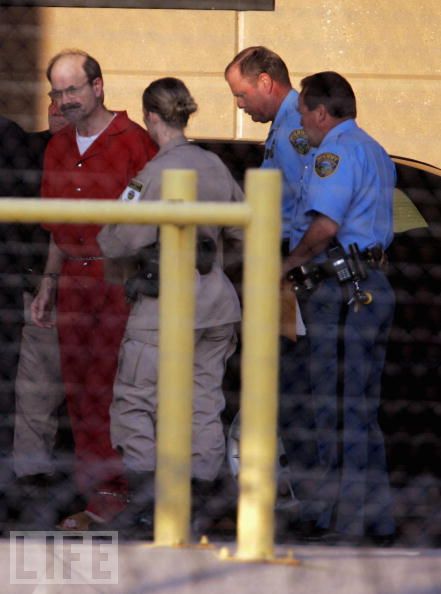
BTK Killer Dennis Rader Begins His Life Sentence In Prison
EL DORADO, KS: Dennis L. Rader (L), the man admitting to be the BTK serial killer, is escorted into the El Dorado Correctional Facility on August 19, 2005 in El Dorado, Kansas.
August 19, 2005 - Pool/Getty Images
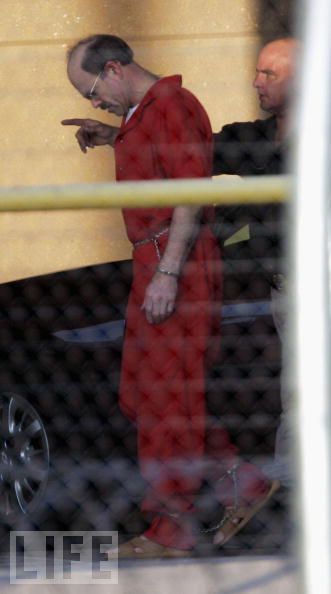
BTK Killer Dennis Rader Begins His Life Sentence In Prison
EL DORADO, KS: Dennis L. Rader (L), the man admitting to be the BTK serial killer, is escorted into the El Dorado Correctional Facility on August 19, 2005 in El Dorado, Kansas.
August 19, 2005 - Larry W. Smith/Getty Images

BTK Killer Dennis Rader Begins His Life Sentence In Prison
EL DORADO, KS: Dennis L. Rader (L), the man admitting to be the BTK serial killer, is escorted into the El Dorado Correctional Facility on August 19, 2005 in El Dorado, Kansas.
August 19, 2005 - Pool/Getty Images


